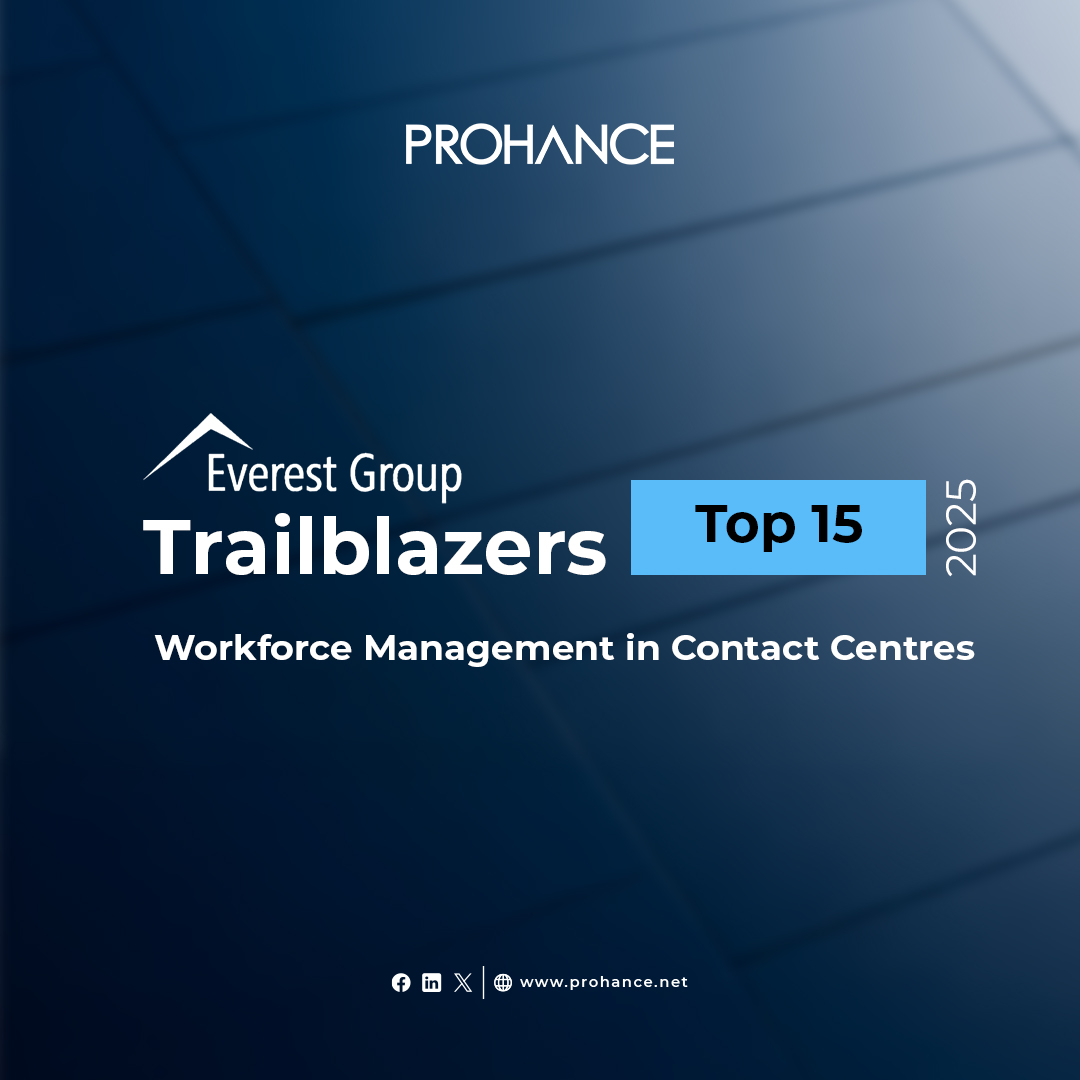A Comprehensive Guide to Call Center Reporting and Analytics for Better Performance
Table of Contents
Gone are the days when call centers existed solely to answer phone calls. They’ve evolved into sophisticated data hubs where patterns emerge for those paying attention. The challenge? Most organizations collect vast amounts of information without truly harnessing its power to transform their operations.
This guide explores how smart call centre reporting with the help of right tools bridges help turn raw information into tangible performance gains and ultimately improve customer experience.
What is Call Center Reporting?
Call center reporting involves systematically tracking, analyzing, and presenting data from customer interactions. This spans everything from basic metrics like call volume and average handling time to more nuanced indicators like first-call resolution rates and customer satisfaction scores.
Recent research from McKinsey found that companies using advanced analytics in their customer service operations achieved a 40% reduction in average handling time and up to a 35% increment in customer satisfaction scores.
How to Improve Call Center Reporting?
Nearly 67% of surveyed managers admitted they collect data, and that finding the right data is challenging. Meanwhile, organizations that successfully aligned their analytics with strategic goals saw
- 23% higher customer acquisition growth and
- 6% better customer retention rates than their competitors.
- 9% increase in revenue growth
Here’s how to turn reporting from a checkbox exercise into a genuine performance catalyst:
1. Define Meaningful KPIs
Not all metrics are created equal. Rather than tracking everything possible, focus on KPIs that align with your unique business goals:
- If customer satisfaction is your priority, emphasize CSAT scores, Net Promoter Score (NPS), and customer effort scores
- For efficiency, monitor average handling time, first-call resolution rates, and service level adherence
- When cost management matters most, track cost per call, agent utilization, and schedule adherence
Remember to balance quantitative metrics (numbers) with qualitative insights (the why behind those numbers).
2. Implement a User-Friendly Call Center Reporting Dashboard
Your reporting tools should make data accessible, not more complicated. A well-designed call center reporting dashboard serves as a visual command center where managers and agents can quickly gauge performance at a glance.
The best dashboards I’ve seen share these characteristics:
- Real-time data refresh capabilities
- Customizable views for different roles
- Visual representations like charts and heat maps
- Drill-down functionality to investigate specific issues
- Mobile accessibility for on-the-go monitoring
Rather than overwhelming users with endless spreadsheets, effective dashboards present information in context, making it immediately actionable.
3. Automate Data Collection and Analysis
Manual reporting is the enemy of accuracy and efficiency. By automating your reporting processes, you free up supervisors to focus on coaching rather than compiling statistics.
Modern call center analytics reporting platforms can:
- Pull data from multiple channels (voice, email, chat, social)
- Apply consistent formulas and calculations
- Generate scheduled reports at predetermined intervals
- Flag anomalies or performance issues automatically
- Distribute insights to stakeholders based on their needs
4. Foster a Data-Driven Culture
Even the most sophisticated reporting system fails if your team doesn’t embrace it. Creating a culture that values data means:
- Training agents to understand their metrics
- Celebrating improvements with tangible recognition
- Using data in coaching conversations constructively
- Encouraging questions and exploration of the numbers
- Involving frontline staff in defining what gets measured
When agents see reporting as a tool for their success rather than a weapon for criticism, engagement and performance naturally improve.
Types of Call Center Management Reports
Different stakeholders need different insights. Here are the essential report types that comprise a comprehensive call center management reporting framework:
- Performance Reports
- Customer Experience Reports
- Operational Reports
- Strategic Business Reports
Performance Reporting
These reports track individual and team productivity metrics, including:
- Call volume handled
- Average handling time
- Adherence to schedule
- Quality assurance scores
- Sales or resolution rates
Performance reports work best when they include historical comparisons and team benchmarks for context.
Customer Experience Reports
These focus on the client’s perspective, measuring:
- Customer satisfaction scores
- Net Promoter Score trends
- First contact resolution rates
- Customer effort scores
- Abandonment rates
The most valuable customer experience reports include verbatim feedback and sentiment analysis to provide qualitative context.
Operational Reports
These monitor the overall health of your call center operations:
- Service level achievement
- Queue statistics
- Peak hour analysis
- Staffing efficiency
- Technology uptime
Operational reports often benefit from predictive elements that help managers anticipate upcoming challenges based on historical patterns.
Strategic Business Reports
These connect call center activities to broader business outcomes:
- Revenue generation statistics
- Cost per contact metrics
- Customer retention impact
- Cross-sell/upsell effectiveness
- Competitive benchmarking
Strategic reports typically have a longer view, tracking quarterly or annual trends rather than daily fluctuations.
5 Best Practices for Contact Center Reporting and Analytics
These fundamental best practices are for effective contact center reporting and analytics:
1. Align Metrics with Business Objectives
Your reporting should reflect what matters most to your organization. If customer retention is your primary goal, emphasize metrics like repeat contact rate and loyalty scores over pure efficiency measures like handling time.
2. Provide Context, Not Just Numbers
Raw data rarely tells the complete story. Effective reporting provides context:
- Comparative benchmarks (industry standards, historical performance)
- Explanatory notes for unusual patterns
- Correlation between different metrics
- External factors affecting performance (system outages, marketing campaigns)
3. Make Insights Accessible to All Levels
Different team members need different levels of detail:
- Executives need high-level summaries and trend analysis
- Managers require operational metrics and team comparisons
- Supervisors benefit from individual agent breakdowns
- Agents need personal performance indicators
Design your reporting structure to serve each audience appropriately.
4. Balance Real-Time and Historical Reporting
While real-time dashboards help manage daily operations, historical analysis drives strategic improvement. Maintain both perspectives in your reporting ecosystem:
- Real-time: Intraday management, immediate issue resolution
- Daily/Weekly: Performance coaching, resource allocation
- Monthly/Quarterly: Trend analysis, strategic planning
- Annual: Long-term investment decisions, major process changes
5. Continuously Refine Your Approach
The most successful contact center analytics programs evolve. Schedule regular reviews of your reporting framework to:
- Eliminate unused or redundant reports
- Add emerging metrics that reflect changing customer expectations
- Simplify complex reports that aren’t driving action
- Incorporate feedback from report users at all levels
How Call Center Reports Improve Customer Experience?
The ultimate goal of any reporting system should be to improve customer experiences. Here’s how effective call center reports directly impact customer satisfaction:
Identifying Pain Points in the Customer Journey
Detailed reporting reveals exactly where customers struggle:
- High transfer rates may indicate routing problems
- Extended handling times in specific call types point to process inefficiencies
- Repeat contacts suggest unresolved issues
By pinpointing these friction points, you can prioritize improvements where they’ll have the greatest impact.
Personalizing Service Through Data Insights
When agents have access to comprehensive customer history and behavior patterns, they can provide more personalized service:
- Previous issue context
- Communication preferences
- Product usage patterns
- Satisfaction history
This level of personalization dramatically improves customer perception of your brand. Read how a shared service center drives productivity by 20%.
Optimizing Staffing for Peak Demand
Nothing frustrates customers more than long wait times. Sophisticated forecasting reports help managers:
- Predict call volume spikes
- Schedule appropriate staffing levels
- Balance skill sets across shifts
- Prepare for seasonal variations
The result? Shorter wait times and more efficient service during peak periods.
Driving Continuous Improvement
Regular reporting creates a feedback loop that continuously enhances customer experience:
- Identify service gaps through metrics and feedback
- Implement targeted improvements
- Measure impact through subsequent reporting
- Refine the approach based on the results
This cycle of measurement and improvement steadily elevates the customer experience over time.
Supporting Proactive Communication
Advanced call-center analytics can identify potential problems before they become problems:
- Unusual call patterns might indicate product issues
- Sentiment analysis can detect emerging concerns
- First call resolution drops may signal training needs
Addressing these proactively transforms the customer experience from reactive problem-solving to preventative care.
Conclusion
Call centers stand at a critical crossroads. Those clinging to old-school reporting methods—rigid metrics, siloed data, and after-the-fact analysis—increasingly find themselves outpaced by competitors embracing analytics-driven operations.
The numbers tell a compelling story. A recent study revealed that companies implementing integrated contact center analytics solutions reported an average ROI of 267% over three years.
Tomorrow’s call center leaders recognize that reporting isn’t about looking backward—it’s about illuminating the path forward. When metrics become stories and data transforms into direction, customer experiences improve, agent engagement rises, and business outcomes follow.
FAQs About Call Center Reporting and Analytics
What’s the ideal number of KPIs to track for our call center?
Different roles may need different metrics—executives might focus on 3-4 high-level KPIs while operational managers track more detailed measures.
How can we ensure our agents don’t game the reporting system?
Balance competing metrics (quantity vs. quality), include both objective and subjective measures, randomly audit interactions, and, most importantly, foster a culture that values customer outcomes over arbitrary numbers.
What’s the biggest mistake organizations make with call center reporting?
The most common pitfall is collecting data without creating actionable insights. Many centers generate hundreds of pages of reports that no one uses to drive improvement.
What technologies should we consider to improve our call center reporting?
Look for solutions like ProHance that offer automated data collection, unified reporting across channels, customizable dashboards, predictive analytics capabilities, and integration with other business systems.






